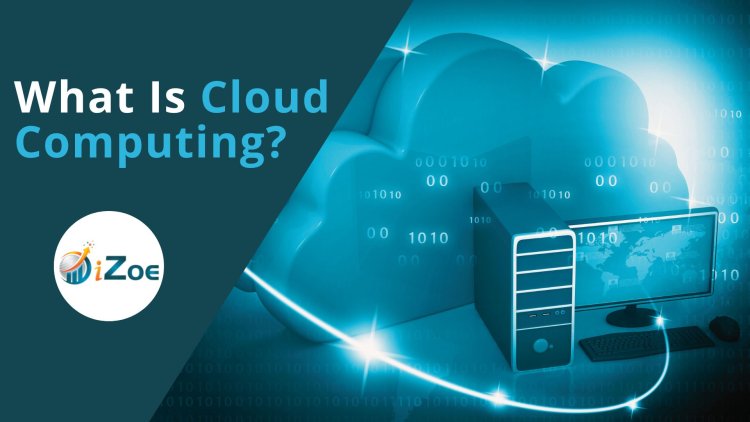In today’s tech-driven world, the term “cloud” has become as common as the air we breathe. It’s not just a place to stash your selfies or run your favorite apps—it’s a game-changer for businesses, big and small. But what’s the magic behind it, and why should small and midsize businesses (SMBs) care? Let’s find out!
Cloud computing, in essence, refers to the delivery of computing services—including storage, servers, databases, networking, software, and more—over the internet (“the cloud”). It eliminates the need for businesses to own and maintain physical hardware and software infrastructure, allowing them to access resources on a pay-as-you-go basis.
Imagine you’re running a small or midsize business. Instead of investing in each employee’s expensive hardware and software licenses, you can subscribe to cloud services like Microsoft 365. These services provide a suite of productivity tools, including email, document collaboration, and cloud storage, accessible from any device with an internet connection.
Types of Cloud Computing Services
Now, let’s explore the diverse types of cloud services tailored to different business needs:
1. Infrastructure as a Service (IaaS): This offers digital computing assets such as servers, storage, and networking over the Internet. Users can manage their applications on cloud vendor’s infrastructure without dealing with hardware maintenance.
2. Platform as a Service (PaaS): PaaS offers a platform and environment for software engineers to build, deploy, and manage applications without dealing with the underlying infrastructure.
3. Software as a Service (SaaS):SaaS provides software applications over the internet under a subscription model. Users can effortlessly use these applications via web browsers. Examples include platforms like Google Workspace and HubSpot.
Key Elements of Cloud Computing:
Let’s unveil the building blocks of cloud computing that make it a game-changer for businesses of all sizes:
- Data Centers:These are the backbone of cloud infrastructure, comprising massive facilities equipped with servers, storage systems, and networking hardware.
- Virtualization: It allows multiple virtual instances of operating systems and applications to run on a single physical server. This maximizes resource utilization and enables efficient allocation of computing resources in the cloud.
- On-Demand Self-Service:Cloud users can provision computing resources, such as storage and processing power, on-demand without requiring human intervention from the service provider.
- Scalability and Elasticity: Cloud services offer the ability to scale resources dynamically to accommodate fluctuating workloads. Whether it’s handling a sudden influx of website traffic or processing large datasets, the cloud can scale up or down seamlessly to meet demand.
Benefits of Cloud Computing in Businesses
- Cost Efficiency: Cloud computing reduces the need for expensive hardware and maintenance costs, allowing businesses to pay only for the resources they use.
- Flexibility: Cloud services provide flexibility, allowing employees to access data and applications from anywhere with an internet connection, promoting remote work and collaboration.
- Improved Collaboration: Cloud-based applications enable real-time collaboration among team members, facilitating seamless communication and document sharing across different locations.
- Reduced Maintenance: With cloud computing, businesses benefit from reduced maintenance requirements as cloud service providers handle updates, patches, and infrastructure management, freeing up internal resources for other tasks.
Addressing Common Concerns
- Is my data secure in the cloud? Cloud providers employ stringent security measures, including data encryption, access controls, and regular audits, to safeguard your sensitive information.
- What happens if cloud providers experience downtime? Cloud providers implement measures such as redundancy across multiple data centers, load balancing to distribute traffic, continuous monitoring and alerting, regular maintenance and updates, and service level agreements (SLAs) guaranteeing uptime and availability.
Conclusion
In conclusion, cloud computing revolutionizes how businesses operate, fostering agility and competitiveness in the digital age. By embracing its benefits and staying abreast of advancements, businesses can seize new opportunities for growth and success. So, let the cloud be a beacon of innovation, guiding your business toward a future filled with endless possibilities.
About The Author
iZoe
iZoe Solutions offers cloud, automation, ERP, and analytics solutions designed to help businesses grow faster and work smarter. Our blog shares expert insights to guide companies through digital transformation, financial automation, and modern IT upgrades.

